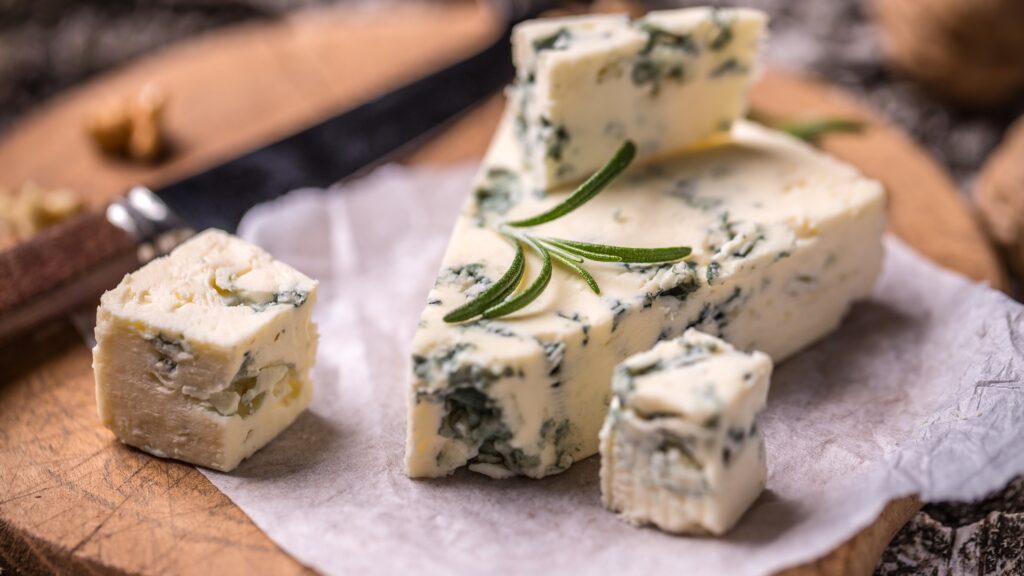iStockphoto / grafvision
The ‘Food Disgust Test’ has stormed the Internet over the past week by revealing a lot about individuals and their food disgusts and triggers.
Created by Christina Hartmann and Michael Siegrist at the Technical University of Zurich, the Food Disgust Test breaks down general disgust towards food into 8 categories: Hygiene, Human Contaminants, Mold, Fruit, Fish, Vegetables, Insect Contaminants, and Animal Flesh.
Earlier this week, a software engineer tweeted out the Food Disgust Test with the caption “This is ten thousand times more fun than the Meyers Briggs pls post yours.”
That tweet has since gone on to be shared 21,000+ times with over 9 million views. The Internet has gone wild for this test and what it says about each individual.
I tasked two of my BroBible colleagues with taking the test. They scored 31% and 40%, due to ‘not liking mold and being a fan of hygiene.’
My score was considerably higher at 62.5%.
Having such a high score came as a bit of a shock to me because I’ll pretty much eat anything anywhere anytime as long as it’s good food. But based on my graph, I’m a stickler for hygiene, mold, and fruit.
What can I say? I toss bananas when they go brown and I’m not about to eat an apple if I saw a worm crawl out of it. But I have eaten bugs in the past and will likely eat them again if they’re on a menu.
Where did the Food Disgust Test come from?
As mentioned above, this test was created by Christina Hartmann and Michael Siegrist at the Technical University of Zurich. They say they created it as a way to learn more about ‘the factors that determine why people differ on the various triggers for food disgust.’
There are 32 questions on the quiz. They go into detail on the 8 categories being test on the page where the Food Disgust Test quiz is found.
What do the quiz results mean?
The results are subjective. On the surface level, it means you are either disgusted by various types of food and hygiene or not. When taking the test, the ‘thumbs up’ means ‘yes, I agree with this statement’ and the thumbs down means ‘no, I do not agree with this statement.’
Many people were raised by picky eaters and that carried down through the generations. I had a roommate who wouldn’t touch or look at raw eggs but would eat omelets. His mother claimed she couldn’t be in the same room as mayonnaise. And we all knew someone who went to college still eating chicken fingers and ketchup for 90% of their meals.
This isn’t revealing anything about one’s past, specifically, but it is revealing a lot about how we differ across society.
The software engineer whose Food Digust Test went viral later tweeted that the lowest score he’d seen is 14.8%. Someone in his replies had a lower score but I’m inclined to believe they took the test trying to score as low as possible:
Am I gonna be ok pic.twitter.com/345I0vb9NP
— PETE (@PJHart) April 18, 2023
This is the highest % I have seen so far:
Eek pic.twitter.com/fBlcCIfQYE
— Stephen LaConte (@stephenlc) April 18, 2023
For context, I was raised by a family in the restaurant industry. We ate everything but hygiene, cleanliness, and (the lack of) contaminents were always at the forefront.
My past obviously dictates how I responded to the Food Disgust Test, as does everyone’s past who takes the quiz.
Part of what has enabled this test to go viral is the unknown. Nobody knows what their score means beyond just an assessment of food disgust.
Should a ‘foodie’ have an extremely high score in one area and not in others? How does being a picky eater impact the quiz? Where do pescatarians land on this quiz compared to vegans and/or meat eaters?
Those questions are what have kept the Food Disgust Test at the forefront of conversations all week long.

